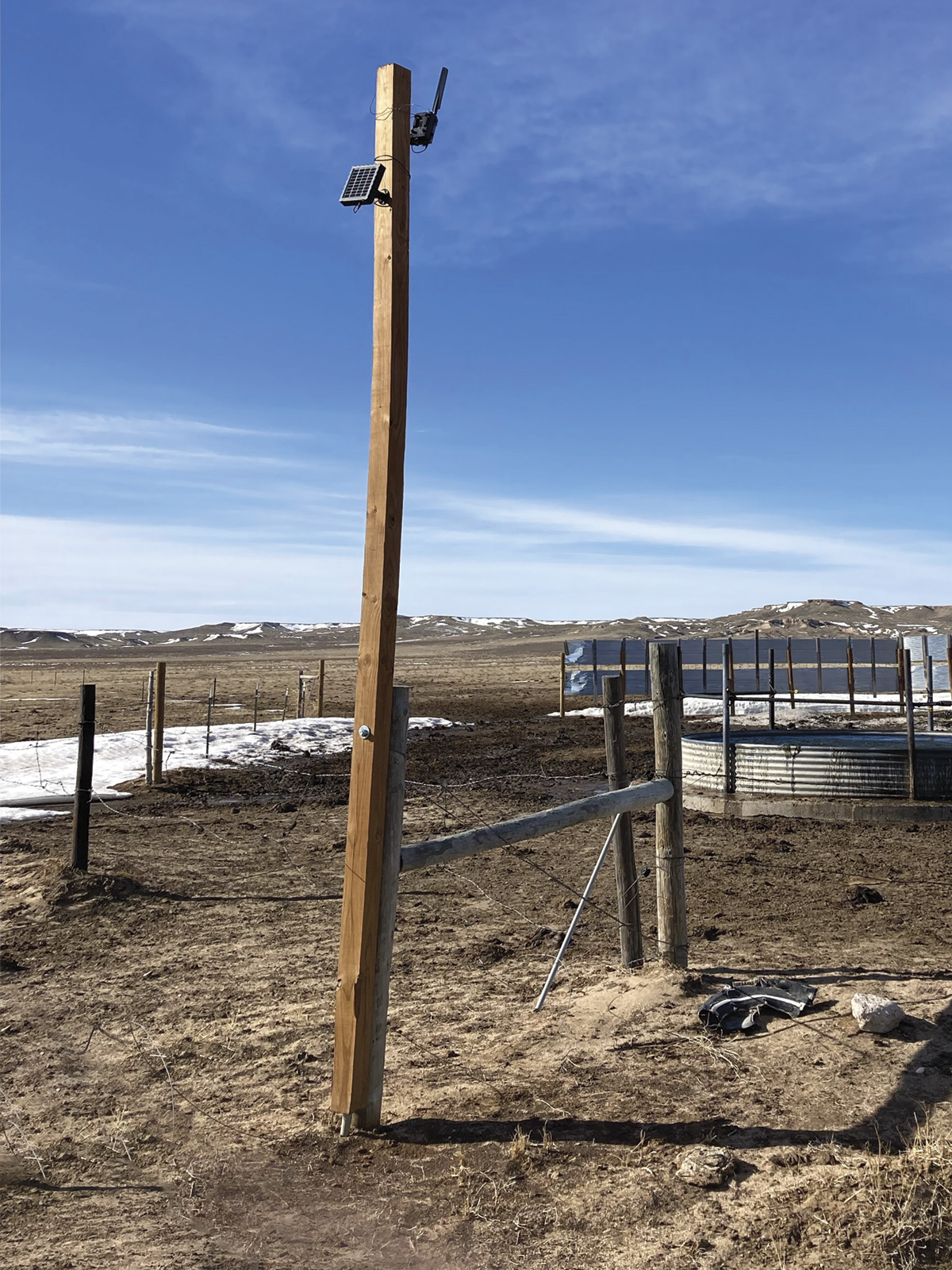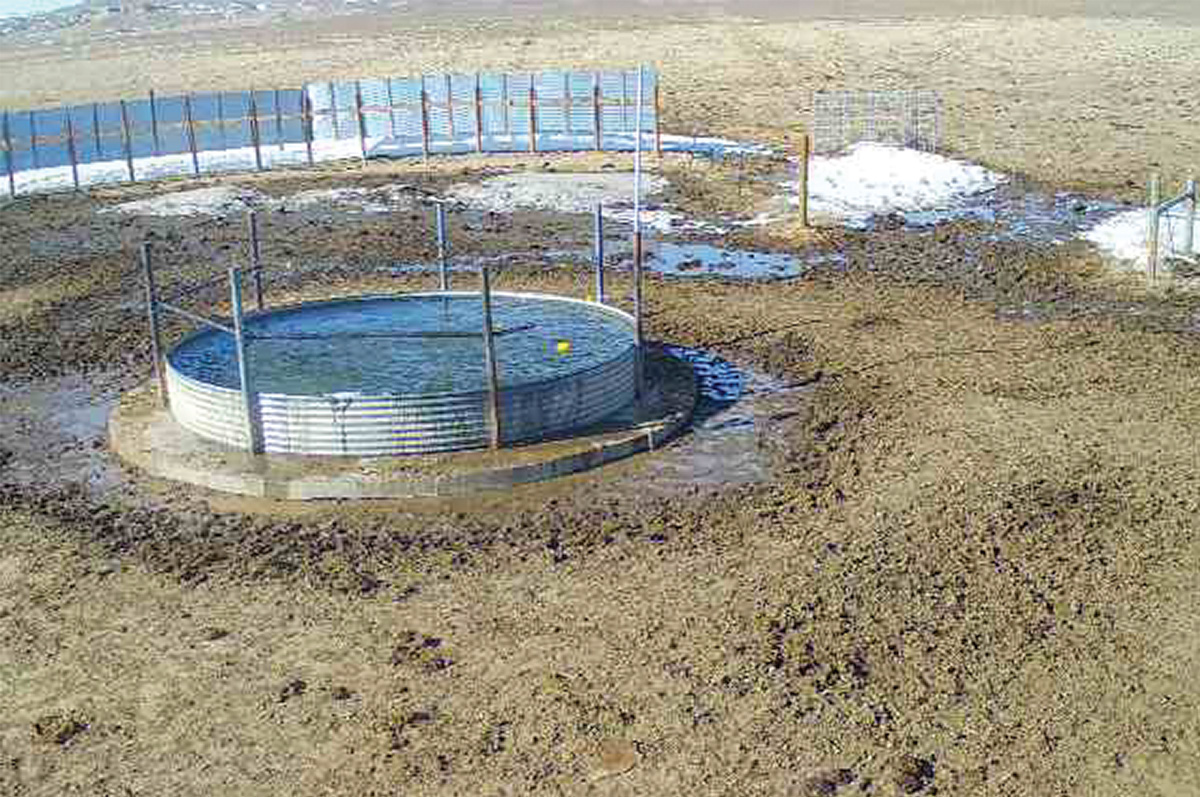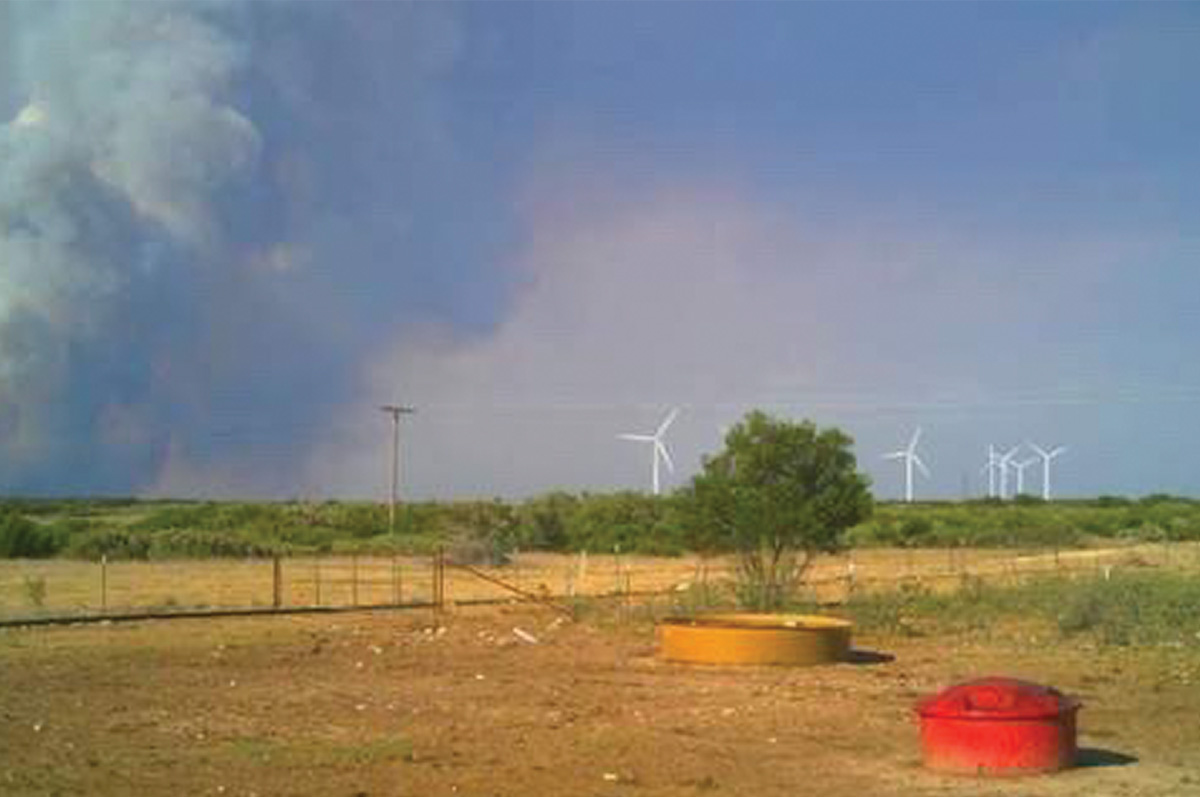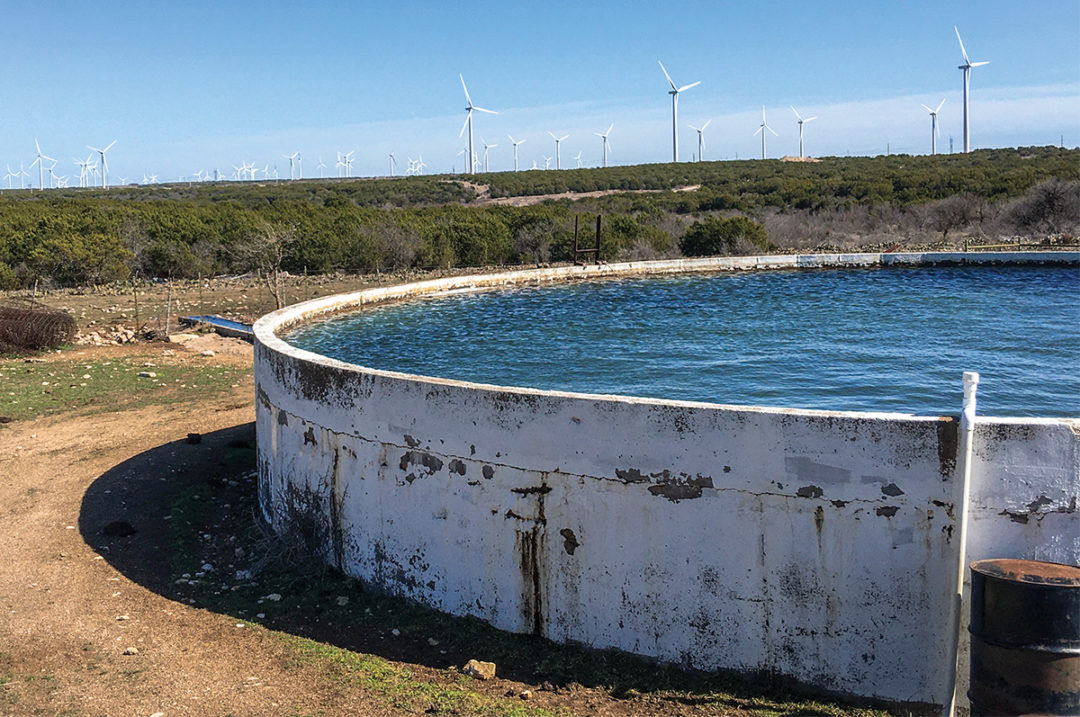It’s no secret that technology has found its use in the cattle industry. Not only does technology typically make life easier and more convenient, but it can also help with labor shortages, time management and saving money. One of these technologies is remote cameras, which are now being used by ranchers to monitor cattle waterers.
Remote game cameras, typically used to watch wildlife, have found a new use for ranchers spread across the U.S. While the type and kind of cameras vary based on the rancher, they all serve the same purpose – to watch the waterers. The cameras are versatile with options on using video or photos, distance from water, trigger points and solar or battery powered.
“I use the cameras mainly because I have some places that are 25 miles or more from the house,” says Lee Knox, a Texas beef producer.
Jonathan Nelson, a Nebraska beef producer, says his main goal was to fight off labor shortages on his operation.
“What it really comes down to is, like everyone in agriculture right now, we need help. The camera has caught problems that I didn't know I had and wouldn’t have known about with just checking a few times a week,” Nelson says.
 Nelson places his camera at a high angle so he can see the water when the cattle are drinking. This also allows him to monitor his cattle and watch for sickness. Photo provided by Jonathan Nelson.
Nelson places his camera at a high angle so he can see the water when the cattle are drinking. This also allows him to monitor his cattle and watch for sickness. Photo provided by Jonathan Nelson.
Not only can Nelson see if there is an issue with the waterers, but he can be prepared with tools and parts to fix the issue rather than having to make multiple trips to get supplies after finding it.
“The cameras are nice because it’s more than just a sensor telling you things,” Nelson says. “You get so much more information from actually seeing what’s happening at the water tank.”
There are a lot of tank monitoring systems out there, Nelson says, but many of them struggle being used year-round, no matter the temperature or weather condition.
After experimenting with the cameras he currently has had for a year, Nelson says, “I haven't found any reason to replace them or go looking for other options. I would say that speaks for itself that it works.”
Cost savings
Using remote cameras on your operation not only helps with labor, but it can save money.
“I’ve calculated that it saves me about 30 dollars a trip for every time I don’t have to go check the waterers because of the cameras, when I would have otherwise had to,” Knox says. “This doesn’t account for the vehicle deprecation due to wear and tear because much of the way is rough territory.”
If it saves him one trip a week to go check waterers, Knox can pay for a camera in about six weeks, he adds.
“The biggest limitation with the game camera is you do have to have cellular service,” Knox says. “And once you lose that option, you've got to go to a satellite system, which will cost substantially more.”
 This is a view from one of Nelson’s remote cameras. He has his cameras set to take photos three to four times a day and adjusts them to get an idea of when his cows come in to drink throughout the day so he can monitor their patterns. Photo provided by Jonathan Nelson.
This is a view from one of Nelson’s remote cameras. He has his cameras set to take photos three to four times a day and adjusts them to get an idea of when his cows come in to drink throughout the day so he can monitor their patterns. Photo provided by Jonathan Nelson.
Using the cameras
Both Knox and Nelson rotate their cameras with their cattle instead of permanently installing them. This way they need fewer cameras and get more use out of them.
At first, it can take time to adjust the sensitivity and find the right location, Knox says. “You might have to cut tree limbs and make adjustments to get the photos and monitoring you want when you get the cameras for the first time.”
For Knox, the cattle trigger the camera. This way he can monitor the water as the cattle drink from it. If he would like a picture and the cattle haven’t triggered it, he can manually trigger it from his phone.
Nelson has his cameras set to take photos three to four times a day.
“I have it take a picture once in the morning, then once or twice throughout the day and once at night before I go to bed,” Nelson says. “I change the timing on these cameras so I can get an idea about when cows are coming in to water throughout the day and get a picture about that time so I can monitor the cows and their patterns.”
 While the cameras’ main purposes are to monitor water, they also have other benefits such as monitoring cattle and environmental factors. In this photo, Knox was able to monitor the wildfire in the background. Photo provided by Lee Knox.
While the cameras’ main purposes are to monitor water, they also have other benefits such as monitoring cattle and environmental factors. In this photo, Knox was able to monitor the wildfire in the background. Photo provided by Lee Knox.
Other uses
While monitoring waterers and tanks is the main purpose for these cameras, they come with added benefits as well. Because producers can see their cattle drinking, they can also watch for sickness.
For Nelson, they have served as a peace of mind during extreme winter weather when he was able to check and make sure his cattle were surviving the weather.
For Knox, the cameras have picked up on prescribed burn pastures and the direction the smoke was going, an occasional calving issue, a tipped-over heifer which would have otherwise been missed and a show heifer getting bred so they have her exact due date.
While none of these things were planned, each helped their operations in ways which otherwise would have been missed if not for the cameras.
“The biggest thing coming away from thinking about it now is that they're no longer an experiment for me,” Nelson says. “They're a part of my operation. I rely of them. And the biggest benefit is they help you eliminate some stress.”
Remote cameras are a great resource for many producers. Because they come at multiple price points, each with different setting options, there is one for every operation. Additionally, while they work wonders for monitoring waterers, they have additional benefits.









